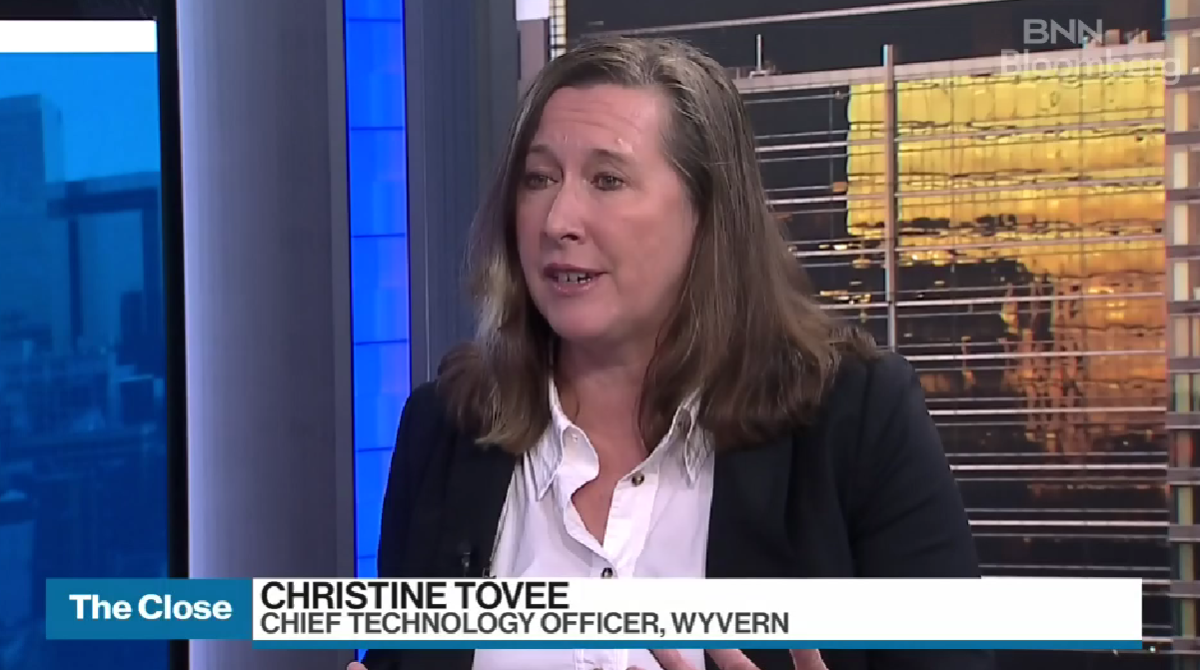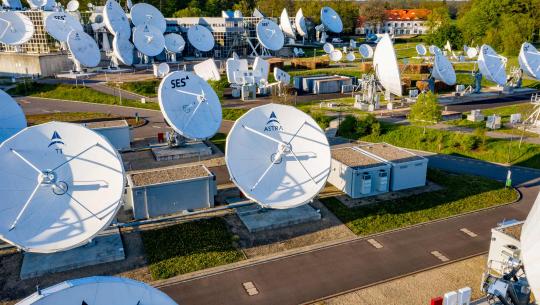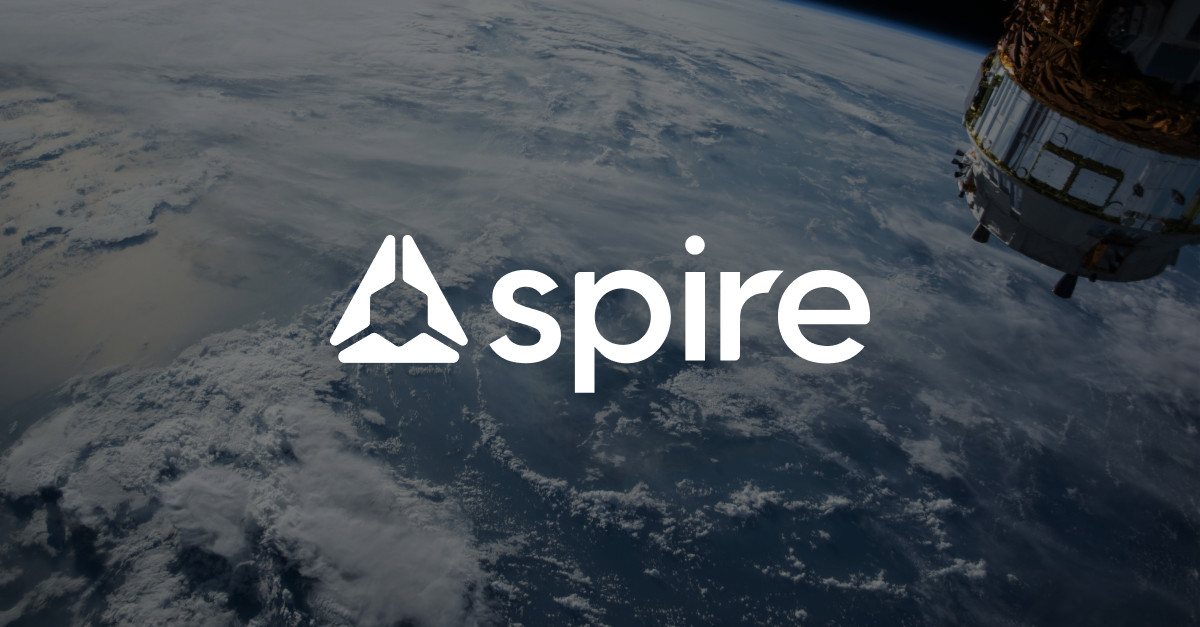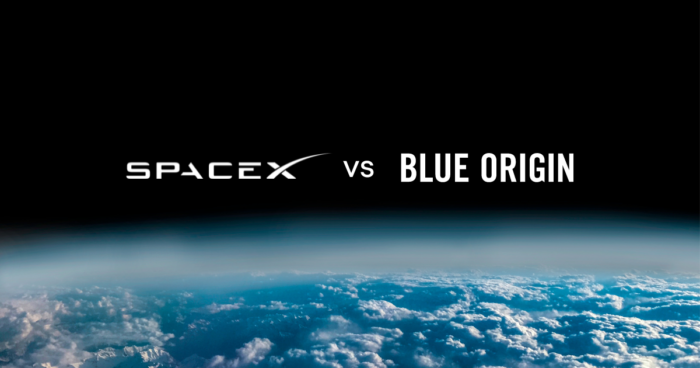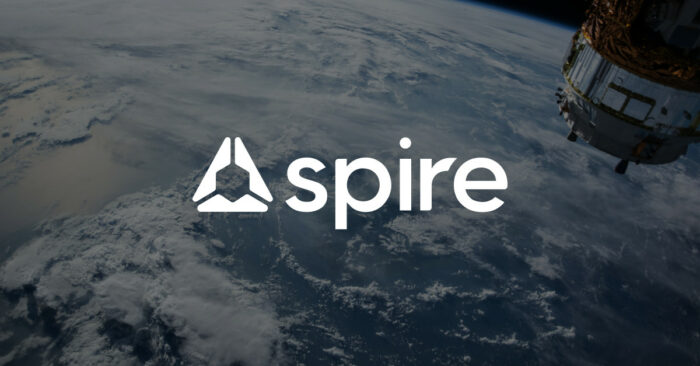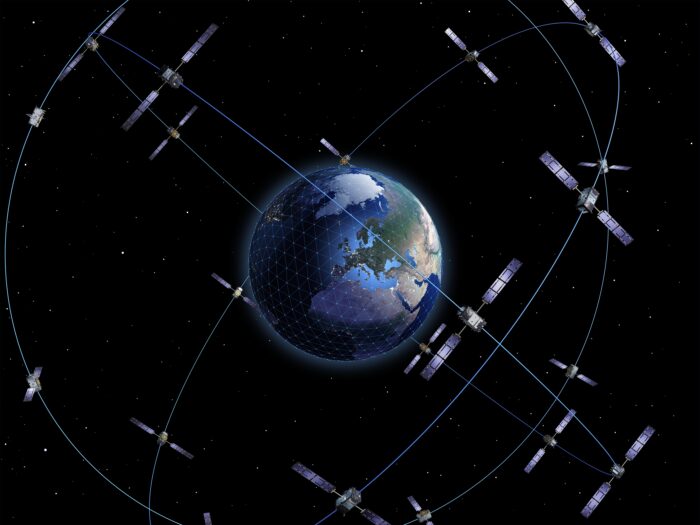Canada has established itself as a significant player in space exploration, leveraging its expertise in robotics, satellite technology and international collaborations. Over the years, the country has contributed to various space missions, developed advanced technologies, and played a crucial role in the exploration of outer space.
One of Canada’s most notable contributions to space exploration is the development of robotic arms used on the Space Shuttle and the International Space Station (ISS). Canadarm, first launched in 1981, and its successor Canadarm2, launched in 2001, have been essential for tasks such as satellite deployment, maintenance, and assembly of the ISS.
Additionally, Canada has developed a series of RADARSAT satellites for Earth observation, providing crucial data for environmental monitoring, disaster management, and maritime surveillance. These satellites have global applications, contributing to scientific research and practical decision-making.
Canada can also boast of being a prominent partner in international space collaborations, including its participation in the ISS program, where Canadian astronauts such as Chris Hadfield have conducted research and technology demonstrations. Collaborative efforts showcase Canada’s commitment to advancing space exploration through partnership and knowledge sharing.
The country is also part of NASA’s Artemis program, aiming to return humans to the moon. Canadian expertise in robotics and space technology is expected to play a role in supporting lunar exploration and establishing a sustainable human presence on our natural satellite.
In light of these achievements, Christine Tovee, Chief Technology Officer at Wyvern, a satellite imagery company, was interviewed by BNN Bloomberg this week, where she talked about how Canada’s business stakes in space are expanding, and how the nation possesses the necessary expertise to thrive in the industry.
“We’re seeing a lot of action right now in Canada,” said Tovee during the interview.
She highlighted Canada’s proficiency in space-related competencies such as robotics, artificial intelligence and Earth observation, which align with her specialized expertise.
“We have a lot of capability, we have a lot of people who are excited about it, who are world-renowned.”
Recently, Wyvern successfully deployed a duo of satellites into orbit. These satellites will capture images of imperceptible features like infrared emissions that remain hidden from human sight.
Tovee explained that these images will play a vital role in identifying regions prone to wildfires and detecting stressed vegetation, among various other applications.
“It gives us a lot more data to make decisions when we’re in a global race to save the planet,” she said.
Regarding specific niches within the realm of the space race where Canadians could focus their expertise, Tovee mentioned that an emerging sector might involve robotics dedicated to clearing space debris.
As per NASA’s data, Earth’s orbit currently contains approximately 23,000 fragments of “space junk” larger than a softball. Additionally, numerous smaller fragments remain, possessing the potential to disrupt activities in space.
“Space is getting congested,” said Tovee. “We need to decide how we’re going to manage the space in lower Earth orbit. Robotics is going to be a part of that.”
David Haight, Director of Economic Analysis, International, and Regulatory Affairs at the Canadian Space Agency, expressed that Canada’s efforts in space research have consistently evoked a sense of pride among those engaged in the field.
“We have over 40 universities across the country that are doing space research, so it’s really a point of national pride,” he said in a television interview Wednesday.
“We’re pushing the envelope in terms of cutting-edge technologies that are going to have benefits back on Earth.”
Haight said Canada is planning its own south pole moon landing for as early as 2026. The rover would examine the geology in the area and search the region for signs of water, Haight added.
“Canada’s in the game, we’re a player when it comes to this,” he said.
All this comes after India achieved the distinction of becoming the fourth country to successfully land a rover on the Moon earlier this month, marking a historic milestone by being the first to achieve this feat near the lunar south pole.
Canada’s involvement in space exploration spans decades and encompasses a wide range of achievements. The nation’s contributions — highlighted by Tovee and Haight — to space science, technology and exploration underscore its commitment to advancing human knowledge and fostering innovation on a global scale.
Featured image: Christine Tovee. Credit: BNN Bloomberg
Share this article:
